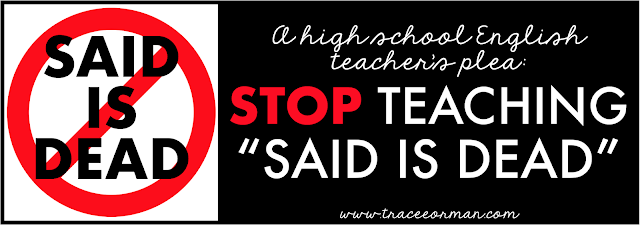 |
| Poem in Your Pocket Day is Thursday, April 18th. |
Thursday (April 18th) is National Poem in Your Pocket Day, sponsored by the Academy of American Poets (Poets.org) and the National Council of Teachers of English (NCTE). UPDATED: 2014 "Poem in Your Pocket Day" is Thursday, April 24th.
It's a day to celebrate poetry and share it with others. But you can celebrate poetry any time. Here are ways to incorporate poetry into your day:
1. As "Poem in Your Pocket" suggests, carry your favorite poem (or poems) with you any day and share it with others. Ask them to share their favorites, as well.
2. Write a poem! If you need help or inspiration, using formula poems can help. Here's a packet that helps you with over 40 formulas: Poetry 9-1-1: First Aid for Writing Poetry.
3. Are you reading a novel in class right now? Which poems do you think would be the characters' favorites? Why? For The Hunger Games fans, check out my post on my Hunger Games Lessons blog that asks this same question.
4. Not reading a novel? Perhaps you are studying someone famous in history class? If so, ask the same question for historical figures: which poem would be Julius Caesar's favorite? How about Benjamin Franklin or Winston Churchill? Give reasons for why you chose this poem for that particular person.
5. Read a poem. It can be a short poem or long poem...it can be any poem. Don't know where to look? Some of my favorite websites for poetry include:
-Poets.org
-Modern American Poetry
-Poetry Foundation
-Poetry Archive
6. Discuss it! Poetry means different things to different people; this is one of the beautiful things about poems. Two people can have completely different interpretations of a poem, but both are right. Poems even have the power to take on new meanings when we read them at different times in our lives. Choose a poem or two and read with your friends. Then talk about what it means to each of you. When we discuss how a poem makes us feel, it may help someone else relate to it. It's OK if the poem does not speak to you...keep reading and you will find one that does.
7. Listen to others read their favorite poems. On YouTube, you can watch and listen both famous people and people like you and me share their favorite poems by reading them and telling us why it is their favorite.
8. Record a reading of YOUR favorite poem. You can do a video recording (learn more from the Favorite Poem Project website) or you can do an audio recording and upload it to LibriVox.org.
Teachers: You can find resources for teaching poetry here. Also, read more about incorporating poetry into your classroom here on this blog, or on my other blog.
And don't forget to celebrate Poem in Your Pocket Day this Thursday!



















